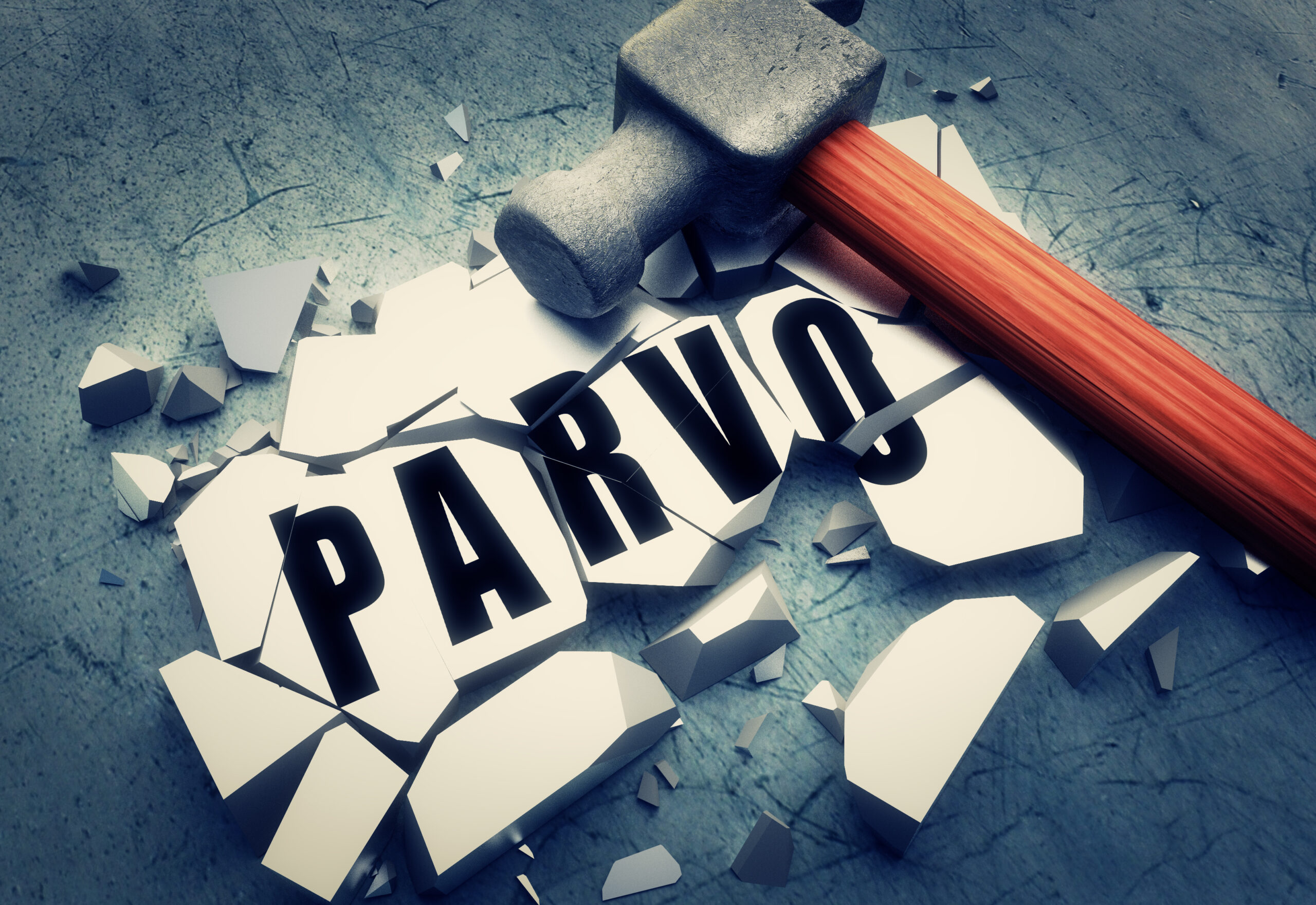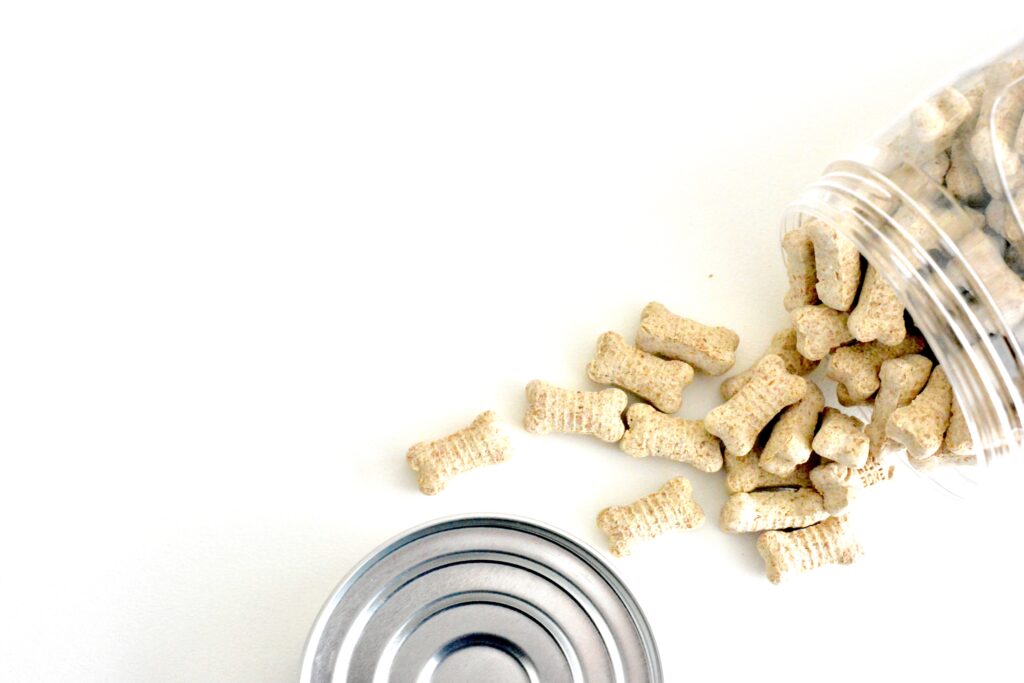
Parvovirus
Oh no! you know that smell. Yes “That” smell. Nothing else is quite like it. You open the door, and the odor of parvovirus knocks you a step back. Consider yourself fortunate if you have never had this experience. But if you have, you know you and your pups are in big trouble.






